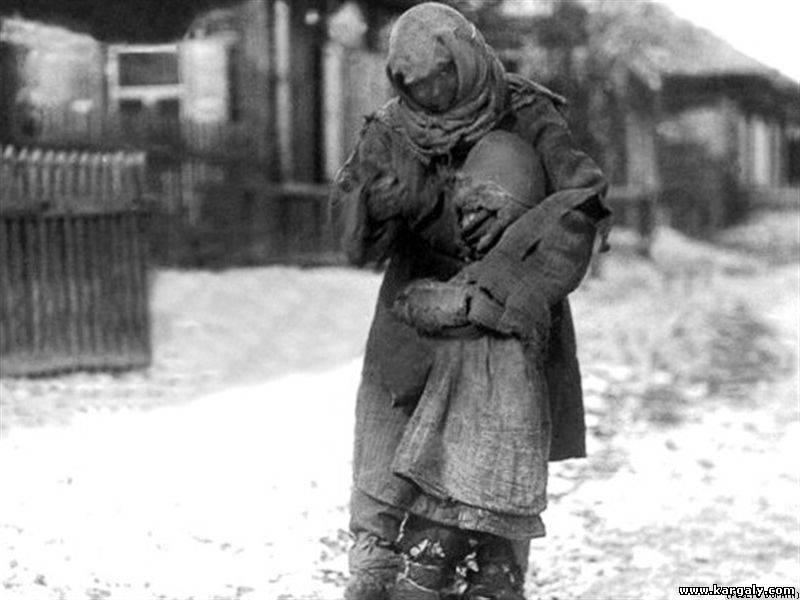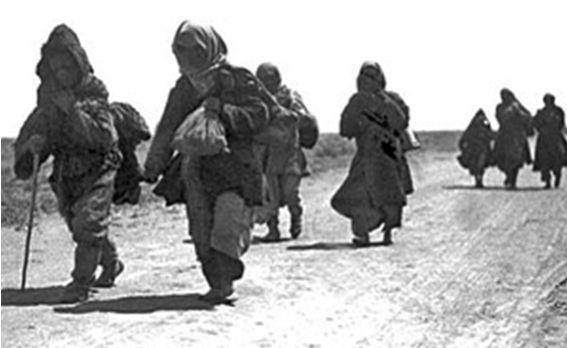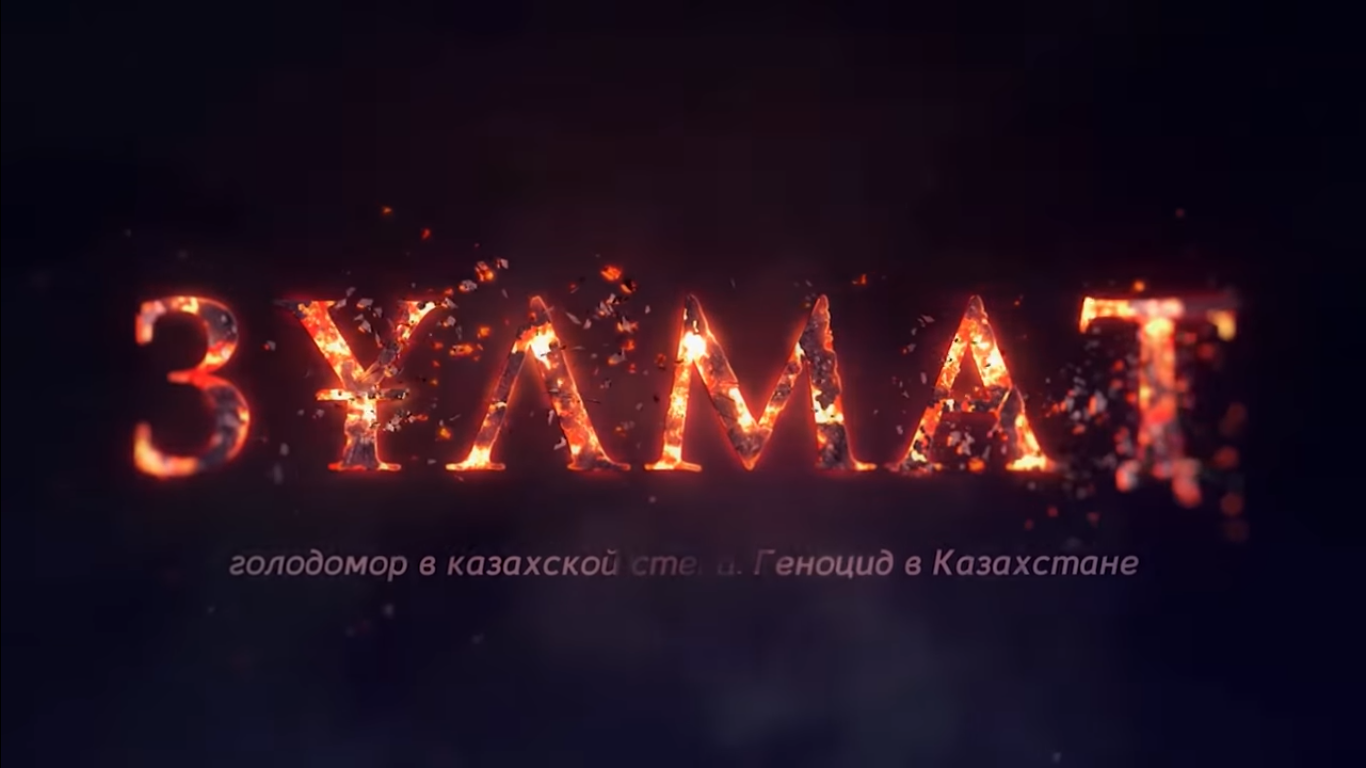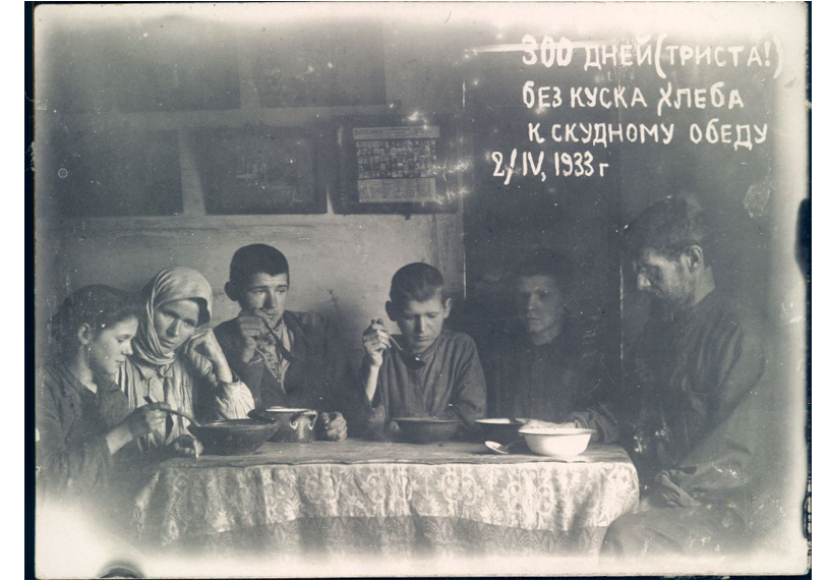

The film focuses on five issues: the first massive famine of 1921-22, the impact of collectivization and sedentarization, mass risings against Soviet power, the horrors of death by hunger, and finally the assessment of these events which must be called “by their own names: this was a policy of genocide!” Figures are much in dispute, but the closest to the truth is contained in the famous “Letter of the Six,” published in the 1930s. It spoke about the demise of 49 percent of the Kazakh population as a result of Soviet policies. But those were only direct losses. In addition, more than a million fled to other countries, including China and Afghanistan.Stalin and the Soviet leadership knew what they were doing and what was happening because of what they had done. They thus were engaged in a conscious policy of genocide, Mamay says; and they must be held accountable by history for their actions. Trying to muddy the waters is a betrayal of the nation’s memory.

Read More:
- Ukraine suffered the most deaths in the Holodomor, while Kazakhstan had the highest percentage loss of population
- Stalin starved populations to death to russify Ukraine, North Caucasus and Kazakhstan, statistics show
- Stalin’s Holodomor in Kazakhstan, or a very brief guide to “The Goloshchekin genocide”
- ‘Stalin prepared the Holodomor the same way Hitler did the Holocaust,’ Hrynevych says
- Stalin’s terror famine killed Ukrainians at twice the rate of other nationalities, HURI study says





